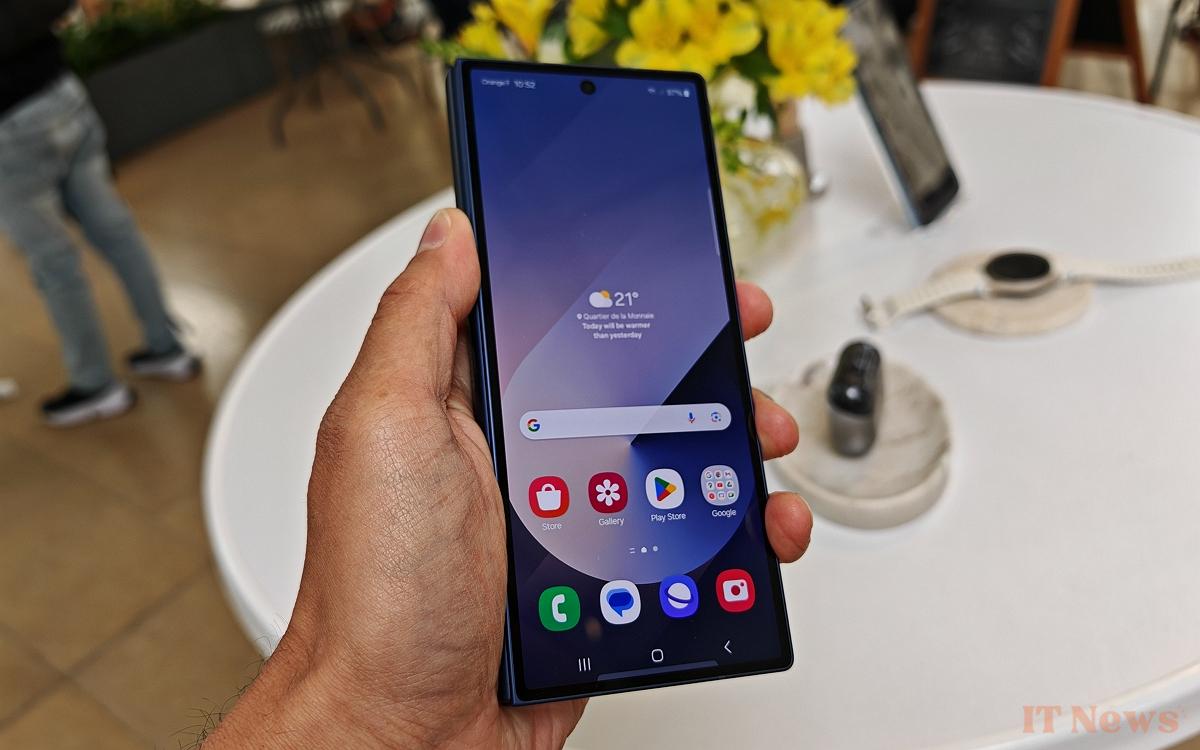What if our smartphones stopped looking like bricks? Swedish researchers may have found the key to batteries as flexible as a rubber band. Spoiler: it involves toothpaste... but not the kind in your bathroom.
Foldable screens are great. Rollable smartphones are too. But a truly flexible device? The Achilles heel is the battery. Too rigid, it limits bold designs. A Swedish team has just published a novel solution in Science: liquid electrodes as malleable as modeling clay.
Their secret? Transforming key components into viscous fluids. Imagine a battery that can be stretched, twisted, or 3D printed like plastic. Tests show that it can withstand 500 stretches of 500% without losing capacity. Better still: it uses lignin, a waste product from the paper industry. A combination of ecology and high-tech.
Also read – Fast charging or large battery? Which phone should you choose? We've decided, here are our conclusions
Toothpaste electrodes (or almost)
To understand this feat, remember that a conventional battery has solid electrodes. The problem: rigidity and risk of breakage. The team from Linköping University replaced these materials with conductive polymers and liquid lignin. The result? A texture similar to toothpaste, which can conform to any shape.
« The capacity no longer depends on rigidity," explains Aiman Rahmanudin, co-author of the study. In concrete terms, this battery can be integrated into ultra-thin wearables, rollable screens, or even connected clothing. Another advantage: it can be recharged 500 times, even when stretched to 200% of its length.
But there is still a problem. The voltage is 0.9 volts, compared to 3.7 V for a smartphone. The team is already working on more efficient chemical components. We're initially targeting small devices, such as medical sensors, says Mohsen Mohammadi, another researcher involved.
Ultimately, this innovation could make traditional batteries obsolete. Goodbye bulky cases, hello organic designs. It remains to be seen whether the industry will follow. Tech giants dream of watches with screens tattooed on the wrist or rollable smartphones... But for that, they need batteries that can't be twisted. The same goes for foldable smartphones. The Swedes have led the way. Now, Samsung, Apple, and others to play.
Source: Science




0 Comments